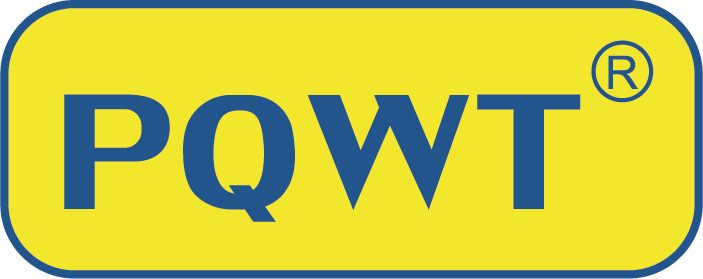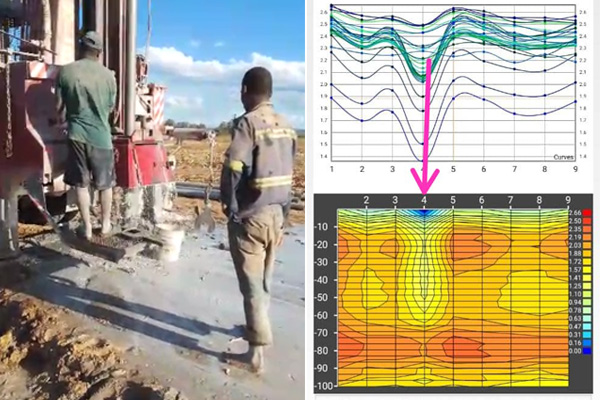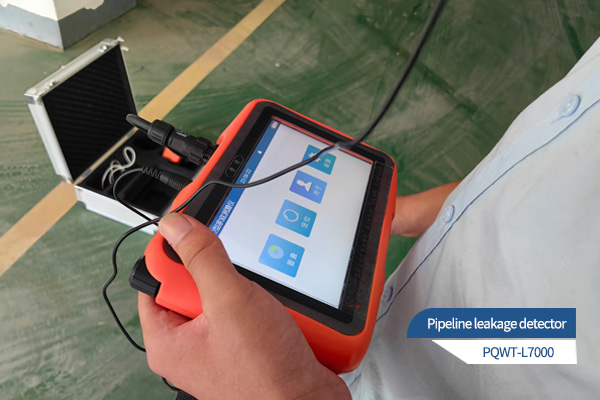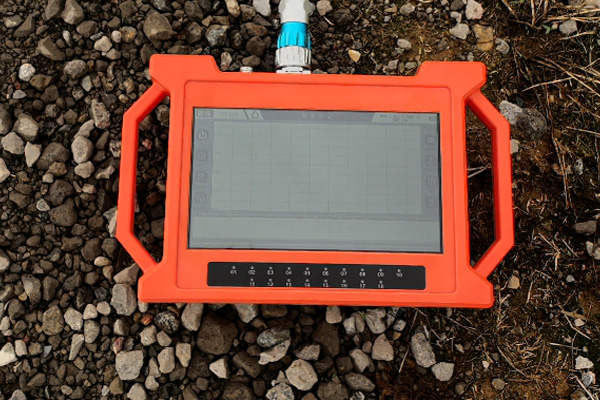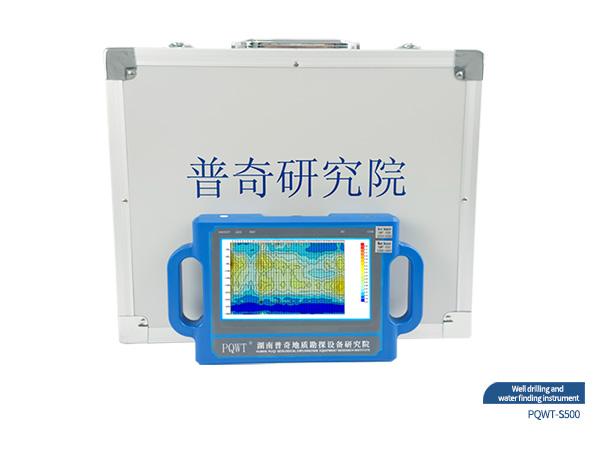Access to clean and reliable water sources is fundamental to human survival and development across the vast expanse of our planet. Whether it's for agricultural irrigation, daily water supply in rural communities, or ensuring stable water sources for industrial production, the exploration of water resources often extends underground. Water well detection devices play a crucial role in this process. With the advancement of technology, these devices have been continuously innovated, opening up new possibilities for water resource exploration.
Challenges Faced by Traditional Water-Finding Methods
Before the advent of advanced water well detection devices, identifying suitable locations for well drilling was an arduous task. Traditional methods mainly relied on trial - and - error, the experience of local elders, or simple surface - level observations. Drilling teams would often invest significant amounts of time and resources, drilling multiple wells without guaranteeing a successful water strike. This not only led to soaring costs but also caused unnecessary environmental damage due to the creation of numerous dry wells. For instance, in arid regions, farmers faced high risks when attempting to drill wells for their crops. The lack of precise water - finding tools meant that many of their efforts ended in failure, leaving them in a difficult water - scarcity situation.
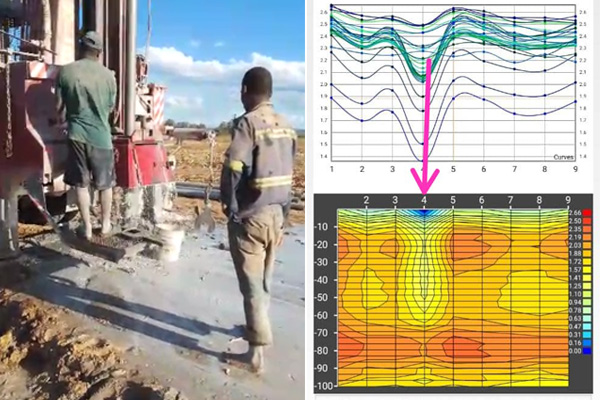
Innovations in Modern Water Well Detection Devices
In recent years, technological advancements in fields such as geophysical exploration have propelled the development of water well detection devices. Take devices based on the principle of natural electric field exploration as an example; their working mechanisms are highly scientific. The Earth has a natural electric field, and different geological structures, especially water - bearing strata, interact with this field in distinct ways. These devices measure the changes in the natural electric field, and through analyzing the data of these changes, they can determine the location, depth, and thickness of underground water - bearing layers. When the device is in operation, it emits electromagnetic signals that penetrate the ground. When these signals encounter different substances, they are reflected or refracted. Due to the unique electrical conductivity of water - bearing layers compared to surrounding rocks and soil, they produce specific reflection and refraction patterns. The device's sensors capture these patterns, convert them into data, and then present the results after processing by algorithms.
Key Characteristics and Advantages of the Devices
Modern high - quality water well detection devices possess several practical features. In terms of data collection and analysis, some devices are equipped with multiple measurement channels, enabling them to collect a large amount of data simultaneously. This allows for a detailed and accurate mapping of the underground geological structure. Even in mountainous areas with complex terrains, diverse rock formations, and hidden water channels, these devices can clearly distinguish between different strata and locate potential water - bearing areas. Their measurement accuracy can reach a high level, capable of detecting subtle changes in the electric field of underground water, providing reliable evidence for well drilling.
Regarding operational convenience, these devices are designed to be portable and user - friendly. They are generally lightweight, making them easy for field workers to carry and move. The operation interfaces are intuitive, often featuring full - touch screen designs, which lower the usage threshold. Even non - professionals can quickly get the hang of operating them after a brief introduction. The devices require a relatively short survey line length, and a single operator can complete the detection process. They also have real - time data processing capabilities. Collected data can be rapidly processed and presented in an intuitive format, such as clear geological cross - section diagrams, facilitating users to quickly identify potential water sources. Additionally, they can store a large amount of measurement data for future reference and analysis.
Wide Range of Application Fields
Water well detection devices play important roles in various fields. In agriculture, in water - scarce areas, determining suitable well - drilling locations through these devices can ensure the irrigation water supply for crops, contributing to increased agricultural yields. In rural communities, these devices help accurately locate underground water sources, providing residents with clean and safe drinking water and improving their quality of life. In industrial production, stable water supply is the foundation of production processes. Water well detection devices can assist enterprises in finding suitable water sources, reducing the risk of production interruptions caused by water shortages.
Support Behind Technological Development
The progress of water well detection technology is inseparable from the efforts of research institutions and enterprises. Many research institutions and enterprises have invested resources, focusing on high - tech application research and major scientific and technological projects, conducting research in multiple fields such as geophysical exploration and water environment monitoring. Through cooperation with universities and other institutions, they integrate various resources and continuously enhance their research and development capabilities, promoting the continuous development of water well detection and related technologies, and providing more solutions to the challenges of water resource exploration.
With the continuous innovation of technology, water well detection devices will continue to be optimized, playing an even greater role in the field of water resource exploration and providing more reliable and efficient support for human access to water resources.



